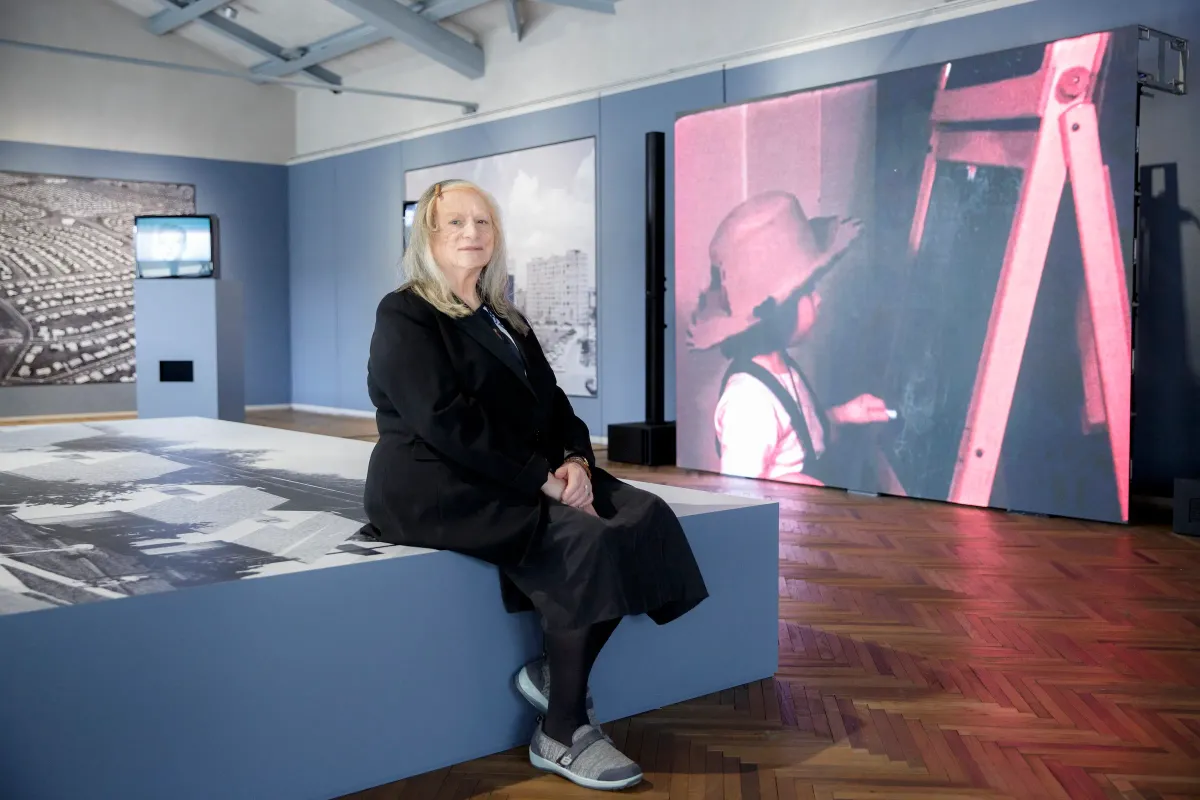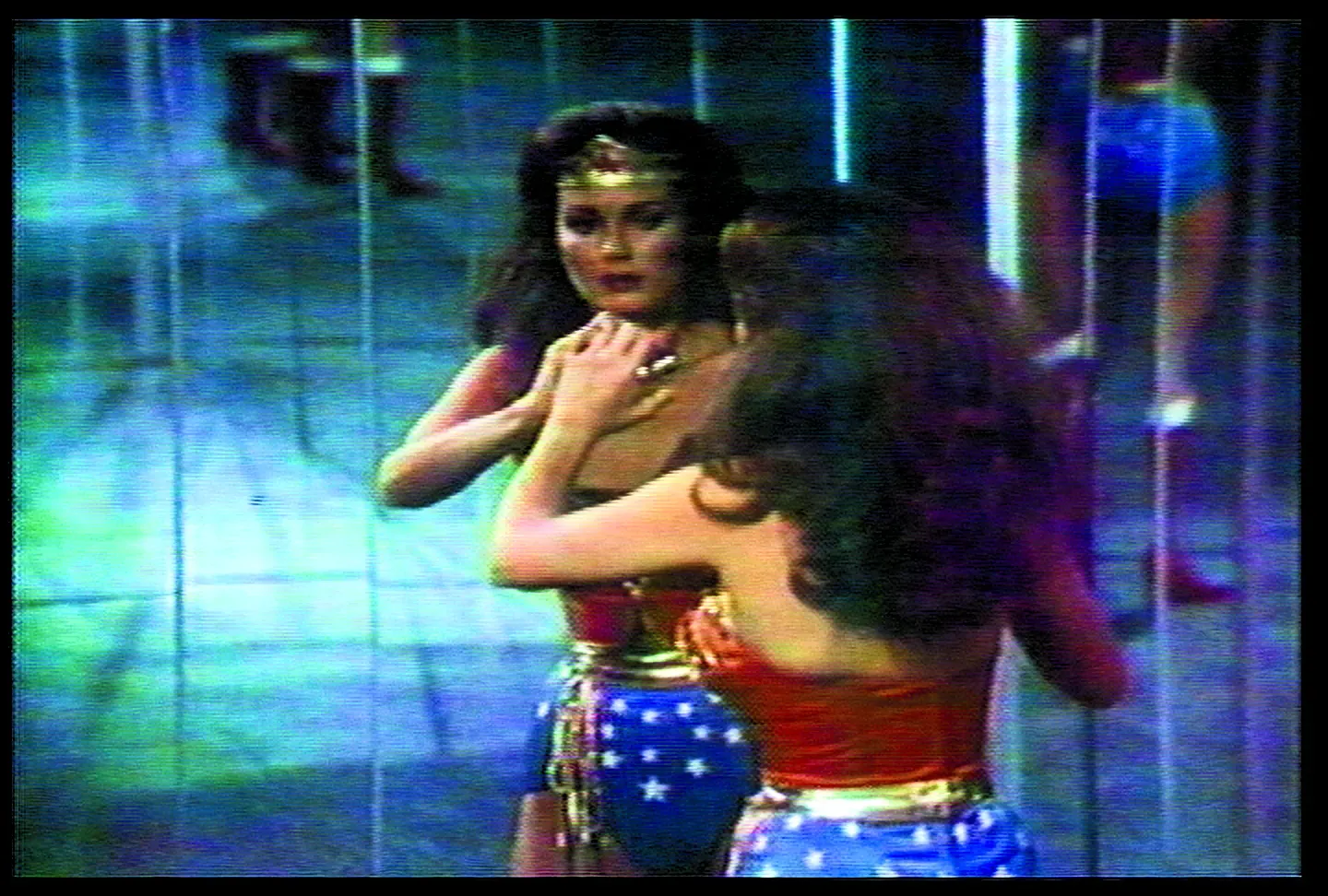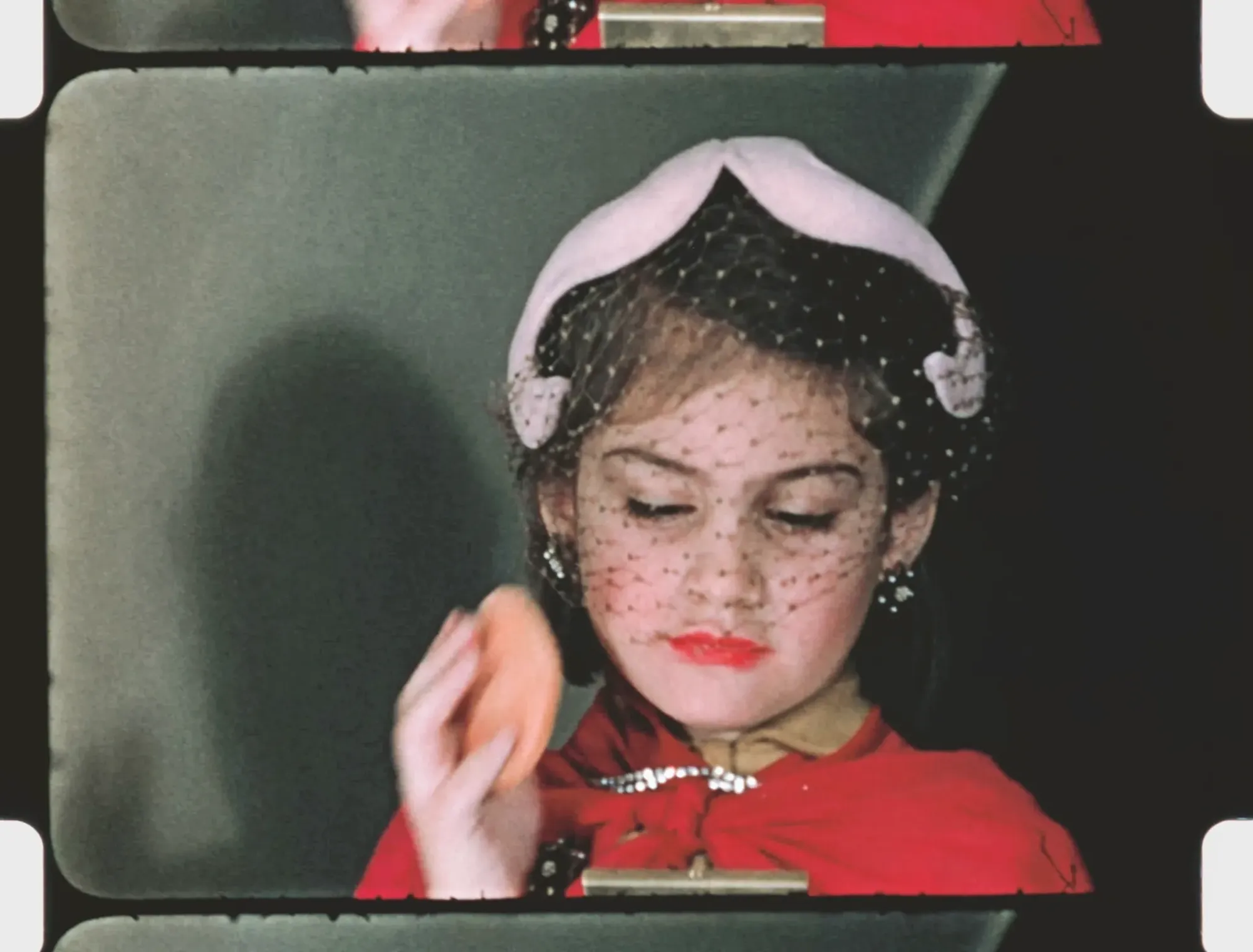
tl;dr
- Dara Birnbaum passed away in May 2025 at the age of 78.
- In Technology/Transformation: Wonder Woman (1978-79), one of the defining pieces of early video art, Birnbaum appropriated shots from the television series Wonder Woman.
- Birnbaum's unique approach to reflecting media representations back at their source made her a guiding light for generations of artists and scholars.
Dara Birnbaum, a pioneering video and installation artist renowned for her contributions to the field of moving images, passed away at the age of 78. The news was confirmed by a spokesperson for Marian Goodman Gallery, which represented her since 2001. Birnbaum had long been a guiding light for generations of artists and scholars around the world.
Born in New York City in 1946 to father Philip Birnbaum, a famous architect, and mother Mary, a pathologist, Dara grew up in Queens, where she attended a mostly Jewish high school. She graduated from Carnegie Mellon University in Pittsburgh in 1969, receiving her BArch, later reminiscing about being the only woman attending lectures there at the time. While working for the architectural firm Lawrence Halprin & Associates in San Francisco, she became involved in the San Francisco Dancers’ Workshop through Halprin's wife Anna, who was an experimental choreographer.
Birnbaum took a leave of absence from work at Halprin's to study drawing and painting at the San Francisco Art Institute, earning a Bachelor of Fine Arts in 1973. She moved to Florence in the following year, intent on deepening her studies in art. Hoping to expand on her knowledge of art at the Accademia di Belle Arti in Florence, she stumbled upon the Centro Diffusione Grafica, an experimental space run by Maria Gloria Conti Bicocchi. The video pieces by Vito Acconci, Dennis Oppenheim and Allan Kaprow left an indelible impression upon her, shaking her ‘to [her] very core.’

Upon her return to New York in 1975, Birnbaum met Dan Graham, a visual artist, writer and curator whose presence and guidance furthered her artistic development. Through her friend Alan Sondheim, a poet, writer and theoretician, she received a Sony Portapak on loan, which sparked the creation of her first experimental video pieces. She also immersed herself in studies of video and electronic editing at the New School for Social Research, acquiring a more profound knowledge of theory and practice. Already in her first pieces, Control Piece and Mirroring, Birnbaum's idiosyncratic language, involving the fragmentation and repetition of television conventions, heralded a new approach to the medium of video.
In her most famous piece, Technology/Transformation: Wonder Woman (1978-79), Birnbaum appropriated shots from the television series Wonder Woman, using re-edited clips to analyze television with the technology of television, but also to subject to scrutiny contemporary media portrayals of women and the supposed empowerment provided by the female superhero on screen. Birnbaum likewise focused on protest and political speech in the works created during the following decades, starting with Transmission Tower: Sentinel (1992), an eight-channel video installation pondering the consequences of the First Gulf War (1990-91).

Birnbaum's work has been the subject of many exhibitions, retrospectives and reviews, most notably at S.M.A.K. Stedelijk Museum voor Actuele Kunst in Ghent in 2009, and Museu de Arte Contemporânea de Serralves in Porto in 2010. Her first US retrospective was held at Bard College's Hessel Museum of Art in 2022. Her works have been included in the collections of museums such as Museum of Modern Art in New York; Metropolitan Museum of Art in New York; Smithsonian in Washington DC; Whitney Museum of American Art in New York; National Gallery of Canada in Ottawa; and Museo Nacional Centro de Arte Reina Sofía in Madrid.
Her influence on past and current generations of artists is difficult to measure, with Cory Arcangel and Martine Syms citing her as an inspiration, while curators like David Breslin and Kelly Taxter stating that her work can be justly credited with defining the framework of the contemporary age. Birnbaum's unique approach to reflecting media representations back at their source comments on how modern society suffers from an oversaturation with images. Her work asks a question that is relevant to all artists today: can independent voices still exist with a sense of purpose in this environment?
